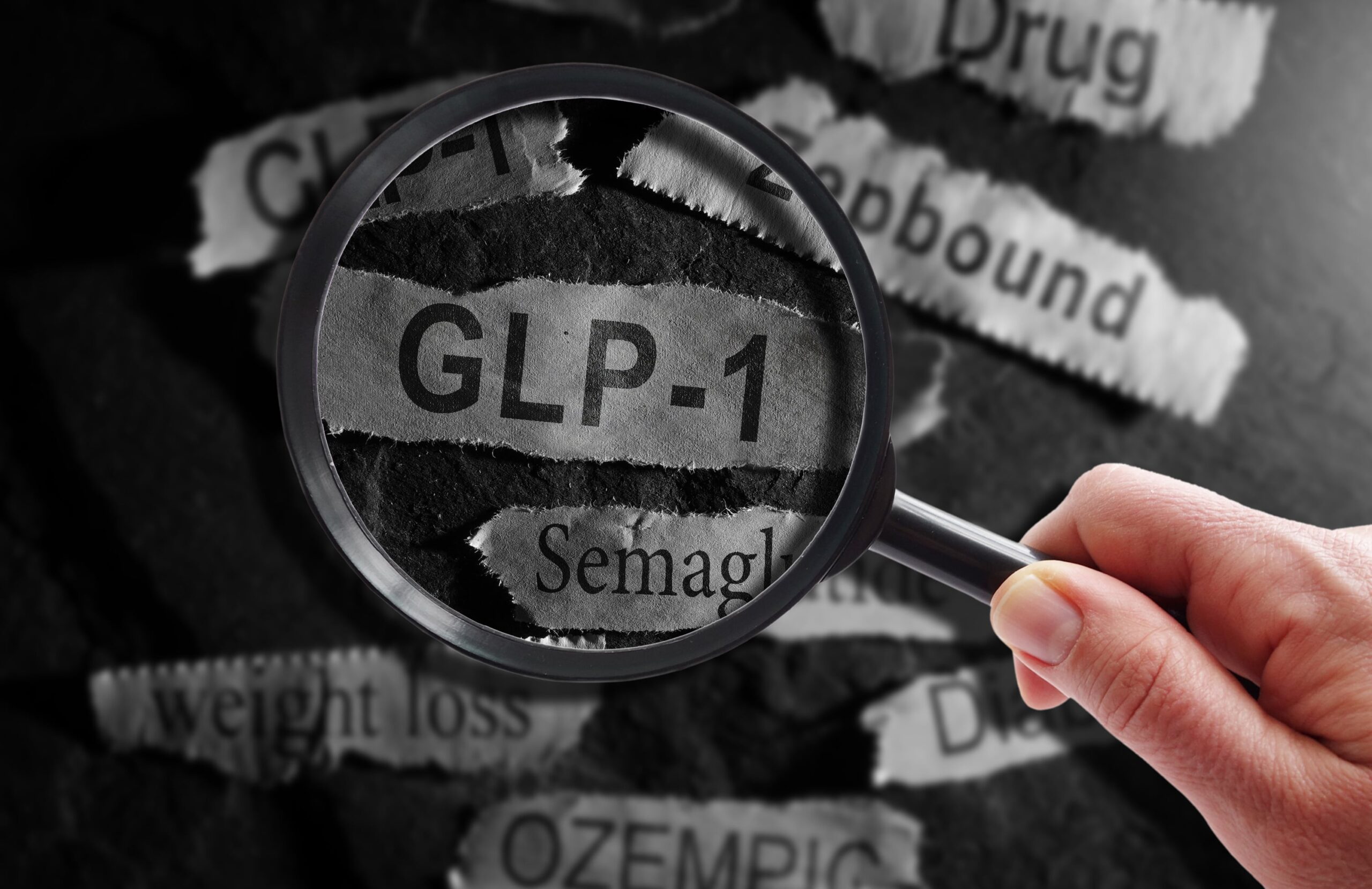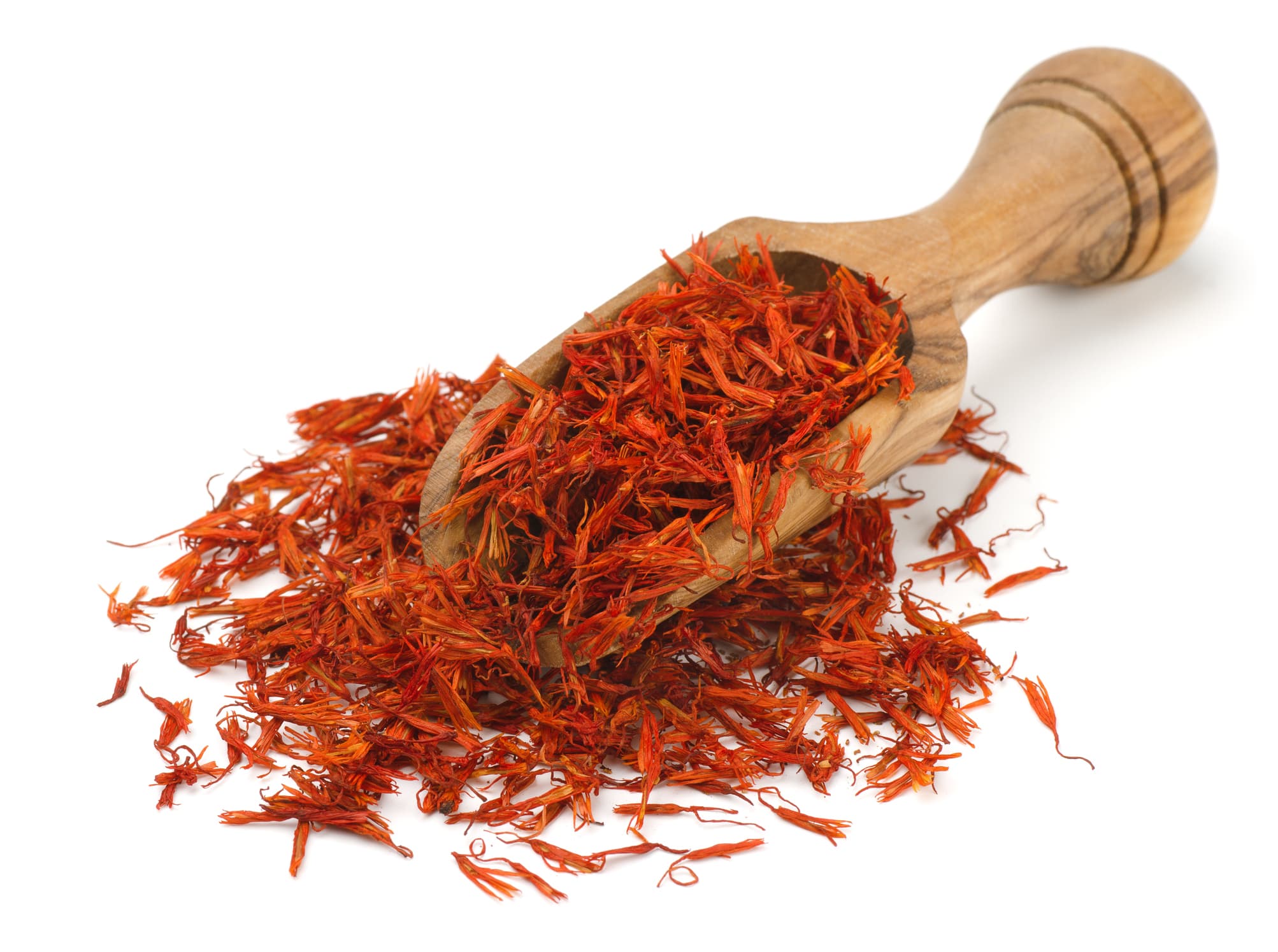With so much excitement over a new form of niacin known as nicotinamide riboside and nicotinamide mononucleotide (NMN), it has begged the question of whether long-term support may throw off metabolism in other areas.
When niacin is metabolized, it eats up methyl groups no matter if it’s nicotinic acid, niacinamide, NMN, or nicotinamide riboside.
When you metabolize Truniagen or NMN, your body can use methyl groups. This can be good for those prone to excess methyl groups. You can replace methyl groups with a TMG supplement.
What are Methyl Groups?
Methyl groups are chemical “legos” the body will attach to proteins.
Certain compounds are capable of donating this “methyl group” lego and allow it to attach to other proteins. Once a protein is “methylated”, it can now perform its action, be detoxified appropriately, or “turned off” correctly.
If you are unable to turn on, turn off, or detoxify hormones and proteins that require methylation because you do not have any methyl group legos to donate, there may be metabolic consequences.
With higher intakes of niacin, you may consider taking trimethylglycine (TMG) to replenish free methyl groups.
Side Note: Some will use s-adenosyl methionine (SAMe) as a methyl donor,. I generally do NOT use S-adenosyl methionine (SAMe) as it can contribute to methyl excess and is hard to predict who will respond well to it or not. It can be helpful, but some biochemistry experts will liken the use to playing with fire.
TMG is a preferred source of methyl groups as it will donate methyl groups to unmethylated compounds (methylation), but if there is no un-methylated compounds around to methylate, TMG will flush into the urine harmlessly.
Slow metabolizers of adrenaline, dopamine, serotonin and other neurotransmitters are prone to excess methyl groups biologically. I carry variations in the COMT gene that slow this processing. Variations in MAO-A and MAO-B genes can work similarly in that carriers of certain variants of the genes will biologically metabolize certain neurotransmitters more slowly.
MAO-A is known as the “warrior gene” due to the tendency of carriers to be more prone to aggressive behavior. Why? When some neurotransmitters stick around longer, it leads to mood tendencies & makes it easier to trigger an imbalance.
In the case of COMT – it allows individuals to focus intently for long periods of time, but it also means they may be prone to addictive behavior & chronic stress if they do not allow themselves time to recharge. Normally, the body uses up methyl groups to metabolize neurotransmitters – if this is slowed – more are left over and can gunk up the metabolism of other molecules.
Some practitioners recommend taking small amounts of niacin in the range of 50mg a day or so to use up these leftover methyl groups.
Excess methyl groups in the brain lead to excitability when it comes to anxiety, headaches, or other presentations. Supplementation with niacin may eat up too many free methyl groups and drive a momentary deficiency that may have reverberations along the metabolic processes of the body. Deficiency may limit the body’s ability to make other proteins and hormones effectively.
When taking Niacin, it’s a matter of balancing benefits, genetics, and the need for compensatory support like TMG to keep the system in balance.
While researchers of NR are not concerned, others like Chris Masterjohn Ph.D., encourage those taking NR to consider a TMG supplement or boost glycine intakes like that found in Collagen, Magnesium Glycinate, or L-glycine. Because Dr. Masterjohn is coming from a 3rd party perspective on the substance – I give his take a little more weight.
The issue is that everyone’s genetics and methylation cycle are very different and need to be taken in context. Again, TMG is rather benign as excess will flush into the urine – it will not lead to methyl group excess like SAMe.
The body will make its own TMG from the amino acid L-glycine. Glycine is also a precursor to GABA – the body’s main calming “brake” neurotransmitter. So increasing your glycine intake (relative to glutamate) is a way to balance the excitability of excess free methyl groups and the problems they may trigger.
If you’re taking nicotinamide riboside (known as TruNiagen) or NMN powder which is another NAD+ precursor – consider adding a TMG supplement. I use TMG 500mg by Life Extension. It may offer the double benefit of lowering homocysteine and easing additional metabolic pathways as well.
Related Articles:





